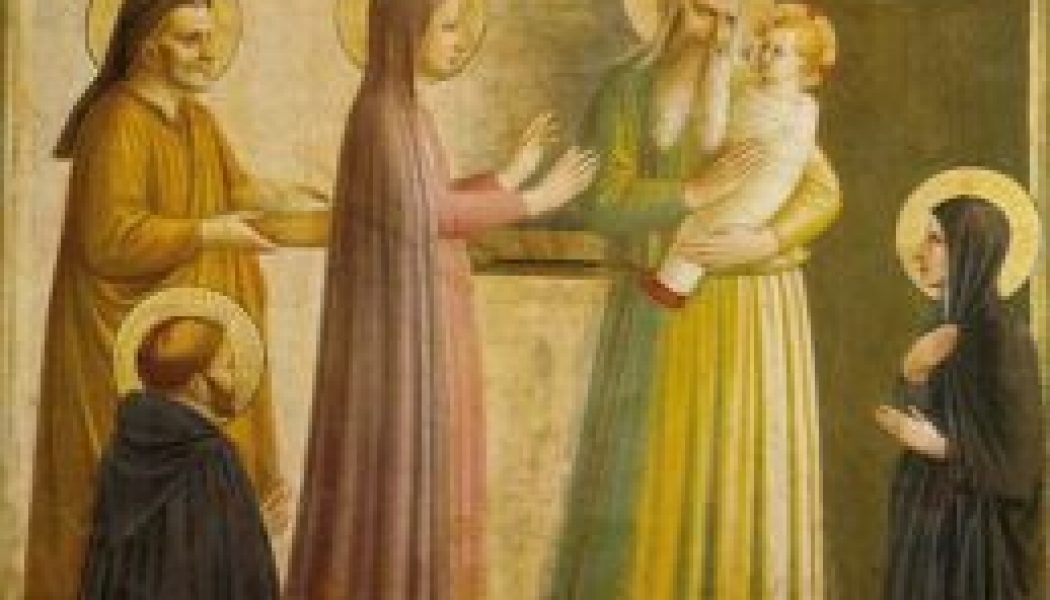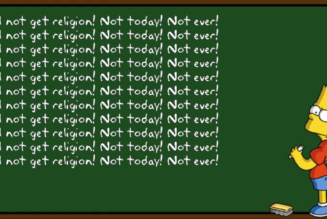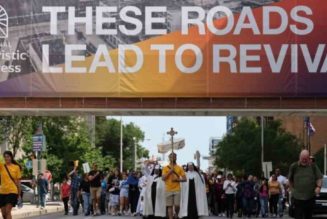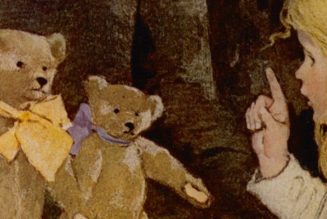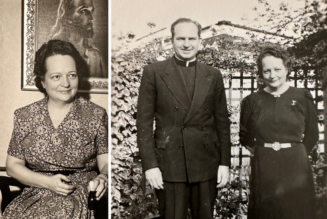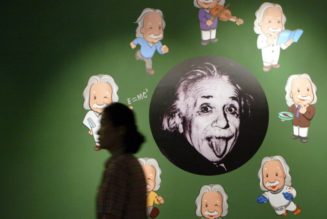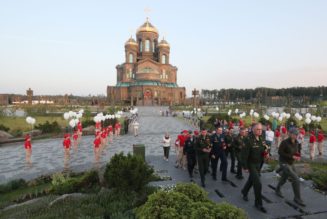It happens from time to time that a feast of the Lord falls on a Sunday in Ordinary Time and, since such a feast ranks high among the liturgical days, it replaces even the Sunday celebration. Such is the case on Sunday, February 2, 2020. On this day, rather than observing the Fourth Sunday in Ordinary Time, the Roman Rite will celebrate the Feast of the Presentation of the Lord. And there is much to dig out about this day.
For many non-observant Catholics, though, the Feast of the Presentation of the Lord (also called the Feast of the Purification of Our Lady, the Feast of the Meeting of the Lord, and Candlemas) is overshadowed by Punxsutawney Phil. On Groundhog Day, Punxsutawney Phil ceremoniously emerges from his lair in west-central Pennsylvania from which the eponymous rodent received its name. For those who have been living underground and don’t know about this ritual, which extends as far back as 1886, the gist of the day is this: if the sun is out and causes Phil to see his own shadow, the meteorological marmot returns to his hole and indicates another six weeks of winter. If, on the other hand, he fails to see his shadow—due to a cloudy sky or the sluggishness of winter doldrums—then spring is thought imminent.
Still, this upcoming February 2nd’s cultic and cultural observances are not entirely unrelated. Indeed, the associations with cosmic light and darkness show how much Groundhog Day and Candlemas have in common.
The shortest and darkest day of the year in the northern hemisphere is the winter solstice, usually around December 21. From that day on, the daylight grows until matching the darkness and night at the spring equinox, roughly around March 21. The midpoint between winter solstice and spring equinox revolves around—you guessed it—February 2.
Even before Christ’s coming, and long after his ascension, nature knew of him—indeed, sun, moon, stars, and earth announce his mystery in concert, as it were. Today’s liturgical calendar thus incorporates not only the historical facts of Christ’s life—such as his incarnation in the womb of Mary, his birth in Bethlehem, his presentation in the Temple, and his Paschal Mystery—but also elements of God’s own creation.
The Annunciation on March 25, for example, observes the incarnation of the Lamb of God within Mary: just as the stellar Ram, Aries, speaks “in advance and for all time of the Lamb of God who takes away the sins of the world” (Ratzinger, The Spirit of the Liturgy, 100).
Nine months later, on December 25, the Nativity of Jesus recounts “the light [that] shines in the darkness, [yet] the darkness has not overcome it” (John 1:5, read at Christmas Mass during the Day). “I am the light of the world,” Jesus says (John 8:12), and his light will grow brighter throughout the next months.
The passion, death, and resurrection of Christ will not take place until the spring equinox has occurred. On the Holy Night of the Easter Vigil, not only does Aries still shine down his announcement of the Lamb of God, but the sun conquers the darkness as a sign of the Son’s defeat of darkness, the sickly and lunatic moon wanes into obscurity as a symbol of sin’s demise, and the earth emerges from its winter hibernation to a spring of new life.
But between Christmas and Easter stands February 2. Forty days after the birth of Jesus, observed on December 25, Mary presented her child to God in the Temple in Jerusalem. Simeon, who had “been awaiting the consolation of Israel” (Luke 2:25) in the Temple, takes Jesus in his arms and proclaims: “Now, Master, you may let your servant go in peace, according to your word, for my eyes have seen your salvation, which you prepared in sight of all the peoples, a light for revelation to the Gentiles, and glory for your people Israel” (Luke 2:29-32).
Candlemas recalls this great mystery: that the light has come into the world (December 25); that it grows in brightness even now (February 2); until that day when it destroys darkness and death by its radiant beauty (April 11, 2020).
In light of Candlemas, we can see that Punxsutawney Phil is indeed a mere shadow of our divine reality.
